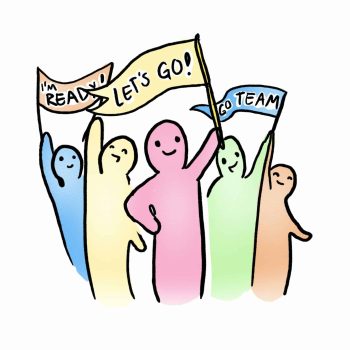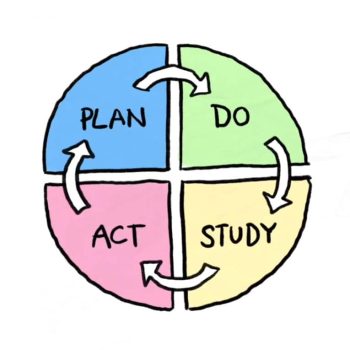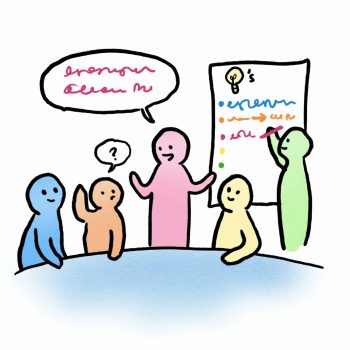Our Approach to Continuous
Improvement
Our Approach to
Continuous Improvement
Every system is designed to get the results it gets.
Let’s design and create better systems for our students!
Continuous improvement provides us with a roadmap to transform our school systems so that every young person can learn and thrive. The path to better opportunities for all students is not always linear – but the steps below support teams and organizations to get moving to get learning.

Choose a Focus


Understand Why


Craft a Theory


Engage in Cycles of Inquiry


Reflect on your Learning


Sustain and Spread

.

.

.

.

Over and over, folks in our networks, particularly classroom teachers, have come to us and said, Thank you. You don’t think we’re broken. You think we are the solution.
.

Over and over, folks in our networks, particularly classroom teachers, have come to us and said, Thank you. You don’t think we’re broken. You think we are the solution.
“.

.

.

.

.

Looking at focus students, being able to identify trends and be able to apply very clear, specific change ideas is what I believe our school and teacher community needed to continue to grow.
.

Looking at focus students, being able to identify trends and be able to apply very clear, specific change ideas is what I believe our school and teacher community needed to continue to grow.
“.

When we find solutions to chronic absenteeism, we’re not only solving attendance, we’re also addressing some of the causes deeply rooted in the community itself. For example challenges with transportation, housing and most importantly health.
.

When we find solutions to chronic absenteeism, we’re not only solving attendance, we’re also addressing some of the causes deeply rooted in the community itself. For example challenges with transportation, housing and most importantly health.
“.

We have been in the CARPE network for six years and it has helped us design a systemic way to reach all of our students, analyze data and create a college going culture.
.

We have been in the CARPE network for six years and it has helped us design a systemic way to reach all of our students, analyze data and create a college going culture.
“.
